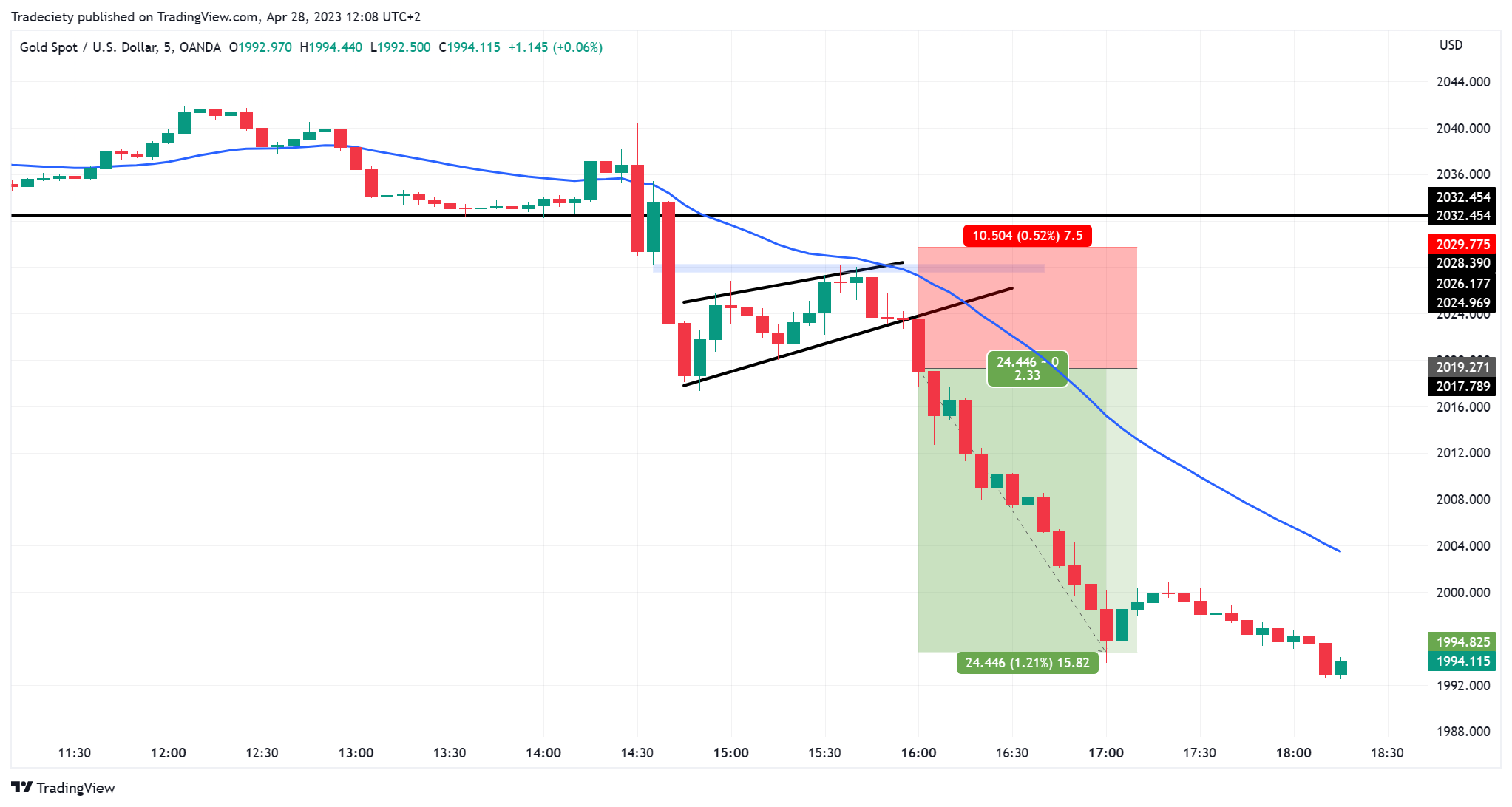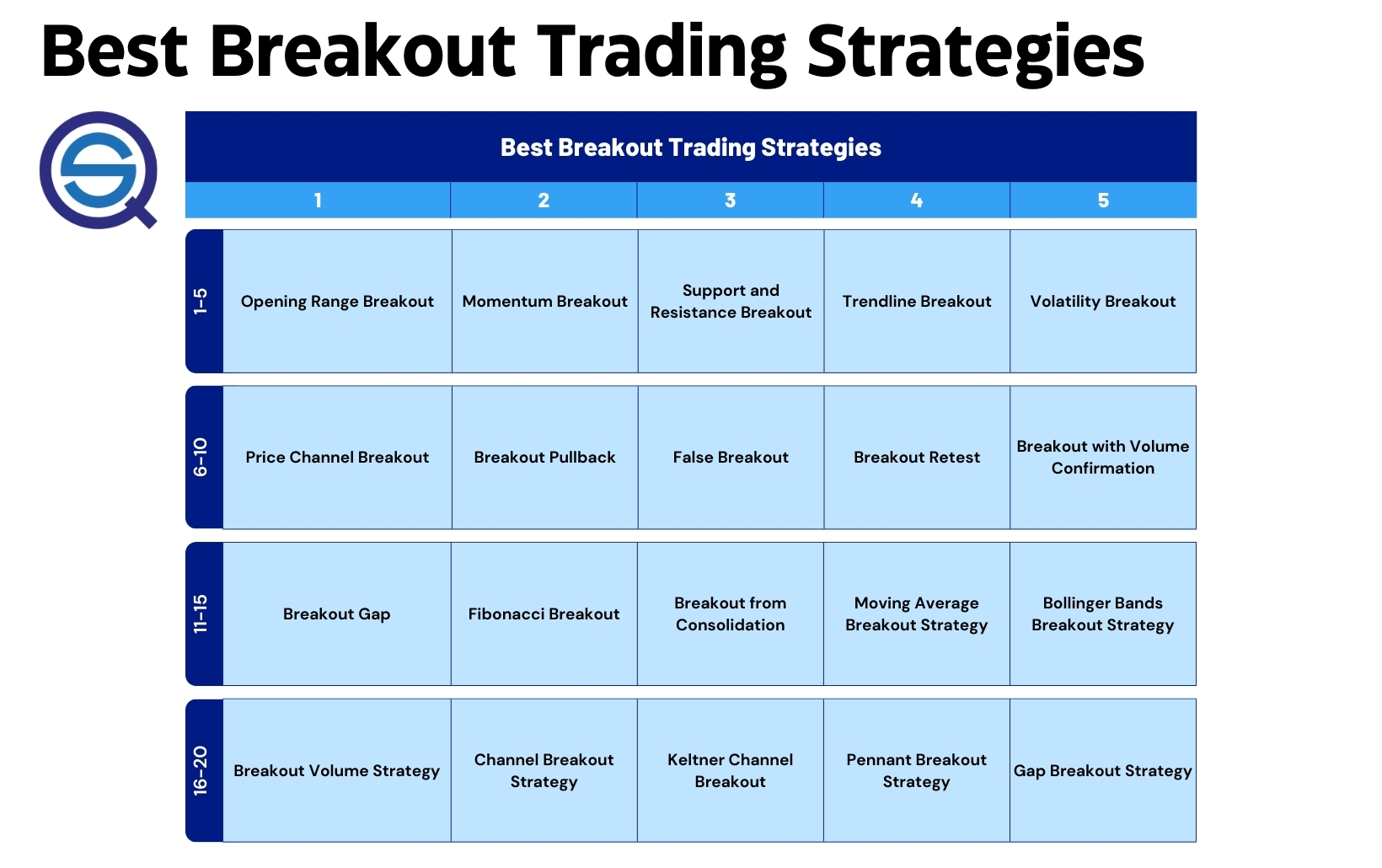Did you know that a common misconception is that breakouts only happen in the stock market? In reality, trading breakouts can be a powerful strategy across various markets, including forex, cryptocurrencies, and commodities. This article dives deep into the essence of trading breakouts, explaining their significance and mechanics in stock trading. You'll learn effective strategies for forex and cryptocurrency, how to identify breakout patterns, and the best indicators to use. Additionally, we cover the relationship between volume and breakouts, common pitfalls to avoid, and risk management techniques. Discover how market conditions influence breakout success and how to confirm your trades. By the end, you'll be equipped to create a comprehensive breakout trading plan tailored to your market of choice. Join us at DayTradingBusiness to elevate your trading game!
What are trading breakouts and why are they important?
Trading breakouts occur when the price of an asset moves beyond a defined support or resistance level, indicating the potential for significant price movement. They are important because they signal a shift in market momentum, allowing traders to enter positions that can lead to profit from new trends. Breakouts can help identify entry points in stocks, forex, or commodities, offering the chance to capitalize on volatility and market direction. Recognizing breakouts can enhance trading strategies and improve decision-making in various markets.
How do breakouts work in stock trading?
Breakouts in stock trading occur when a stock price moves beyond a defined support or resistance level with increased volume. Traders look for breakouts to signal potential price movements; a breakout above resistance may indicate a bullish trend, while a breakdown below support suggests a bearish trend. Key factors include confirming volume—higher volume strengthens the breakout—and monitoring subsequent price action. Successful breakout trading often involves setting stop-loss orders to manage risk and capturing gains as the price moves in the anticipated direction.
What strategies can I use for forex breakouts?
For successful forex breakouts, consider these strategies:
1. Identify Key Levels: Focus on support and resistance levels to spot potential breakout points.
2. Use Technical Indicators: Employ indicators like the Bollinger Bands or Moving Averages to confirm breakout strength.
3. Volume Analysis: Look for increased trading volume during breakouts to validate the move.
4. Set Entry and Exit Points: Define clear entry points above resistance or below support, and set stop-loss orders to manage risk.
5. Wait for Confirmation: After a breakout, wait for a candle close beyond the level before entering a trade to avoid false breakouts.
6. Monitor Economic News: Keep an eye on economic releases that can influence currency movements and trigger breakouts.
7. Practice Risk Management: Limit your exposure on each trade to protect your capital from unexpected market moves.
Implementing these strategies can enhance your success in forex breakout trading.
How do I identify breakout patterns in cryptocurrency?
To identify breakout patterns in cryptocurrency, look for these key indicators:
1. Support and Resistance Levels: Identify horizontal lines where the price has consistently bounced or reversed. A breakout occurs when the price moves beyond these levels.
2. Volume Analysis: Watch for increased trading volume during a price move. A breakout with high volume suggests stronger momentum.
3. Chart Patterns: Look for common formations like triangles, flags, or wedges. A breakout happens when the price breaks out of these patterns.
4. Moving Averages: Use short-term moving averages crossing above long-term averages as a signal for potential breakouts.
5. Time Frame Consideration: Analyze multiple time frames. A breakout on a longer time frame is often more reliable than on a shorter one.
6. Market Sentiment: Monitor news and social media for shifts in sentiment that may precede price breakouts.
Combine these strategies for a clearer picture of potential breakout opportunities.
What are the best indicators for spotting breakouts?
The best indicators for spotting breakouts include:
1. Volume: A surge in volume often signals strong interest and supports a breakout.
2. Moving Averages: Crossovers, like the 50-day moving average crossing above the 200-day, can indicate potential breakouts.
3. Bollinger Bands: When prices touch the upper band after a squeeze, it may signal a breakout.
4. Relative Strength Index (RSI): An RSI above 70 can suggest overbought conditions, while below 30 indicates oversold; watch for reversals.
5. Price Patterns: Formations like triangles, flags, or pennants can signal potential breakouts when price moves beyond their boundaries.
Use these indicators together for more reliable breakout signals across different markets.
How do volume and breakouts relate to each other?
Volume and breakouts are closely related in trading. When a price breaks through a key resistance or support level, high volume often confirms the breakout's strength. This means more traders are participating, suggesting that the move is likely to continue. Conversely, a breakout with low volume may indicate a lack of conviction, increasing the risk of a false breakout. In summary, strong volume validates breakouts, while weak volume can signal potential reversals.
What are common mistakes when trading breakouts?
Common mistakes when trading breakouts include:
1. Entering too early: Jumping in before the breakout is confirmed can lead to losses.
2. Ignoring volume: A breakout without strong volume may not sustain momentum.
3. Setting tight stop-losses: This can trigger premature exits on minor pullbacks.
4. Overtrading: Trading every breakout without a clear strategy can dilute profits.
5. Failing to manage risk: Not using proper position sizing increases exposure to loss.
6. Chasing after a move: Entering after a significant price increase increases the risk.
7. Neglecting market context: Ignoring overall market trends can lead to poor decisions.
8. Lack of a plan: Trading without a clear entry and exit strategy can result in confusion.
How can I manage risk while trading breakouts?
To manage risk while trading breakouts, set a clear stop-loss order just below the breakout point to limit potential losses. Use position sizing to control the amount of capital at risk, ensuring it aligns with your overall trading strategy. Monitor market conditions and volume; a breakout with high volume is more reliable. Avoid entering trades based solely on price action; confirm breakouts with additional indicators like moving averages or RSI. Lastly, be disciplined about taking profits and adjusting stops as the trade moves in your favor.
What timeframes are best for breakout trading?

The best timeframes for breakout trading typically range from 5 minutes to 1 hour for day trading. For swing trading, focus on 1 hour to daily charts. Shorter timeframes can capture quick moves, while longer ones provide more context and stability. Adjust based on market volatility and your trading style.
How do market conditions affect breakout success?
Market conditions significantly impact breakout success. In a trending market, breakouts are more likely to lead to sustained movement, as momentum carries prices in the breakout direction. Conversely, in a choppy or sideways market, breakouts often fail, leading to false signals and quick reversals. High volatility can enhance breakout potential, while low volatility may result in weaker moves. Additionally, economic news or events can amplify market reactions, influencing breakout effectiveness. Traders should assess market conditions to improve their breakout trading strategies.
Learn about How Market Conditions Affect HFT Strategies
What should I look for in a breakout confirmation?
Look for increased volume, which indicates strong interest in the breakout. Confirm that the price closes above resistance or below support, depending on the direction. Check for a retest of the breakout level; it should hold as new support or resistance. Assess momentum indicators like RSI or MACD to ensure they support the breakout direction. Finally, consider market news or events that could validate the move.
How can I trade breakouts in commodities?
To trade breakouts in commodities, first identify key support and resistance levels on a price chart. Look for a consolidation pattern, such as a range or triangle, indicating that the market is getting ready for a significant move. Once the price breaks above resistance (for a bullish breakout) or below support (for a bearish breakout), enter a trade immediately. Use volume as a confirmation; higher volume during the breakout suggests stronger momentum. Set a stop-loss just outside the breakout level to manage risk. Consider using trailing stops to lock in profits as the price moves in your favor.
What role does news play in breakout trading?
News plays a crucial role in breakout trading by creating volatility and driving price movements. Positive news can trigger upward breakouts, while negative news may lead to downward breakouts. Traders often monitor economic releases, earnings reports, and geopolitical events to anticipate potential breakouts. Effective breakout strategies incorporate news analysis to identify entry and exit points, leveraging the increased market activity that follows significant announcements.
How Do Day Trading Breakout Strategies Vary Across Different Markets?
Day trading breakout strategies involve entering a trade when the price moves beyond a defined support or resistance level. These strategies can be applied in various markets, such as stocks, forex, and commodities, to capitalize on significant price movements. Key techniques include identifying volume spikes, using technical indicators like moving averages, and setting stop-loss orders to manage risk.
Learn more about: What Are Day Trading Breakout Strategies?
Learn about Does leverage risk vary across different markets?
How can I create a breakout trading plan?

To create a breakout trading plan, follow these steps:
1. Identify Key Levels: Analyze charts to find resistance and support levels. Look for price points where the asset frequently reverses.
2. Set Entry Points: Decide on entry signals, like a close above resistance or a certain percentage move.
3. Determine Stop-Loss: Place a stop-loss order just below the breakout point to minimize losses if the trade fails.
4. Establish Profit Targets: Set realistic profit targets based on previous price action or a risk-reward ratio of at least 1:2.
5. Choose Timeframe: Select a timeframe that fits your trading style—day trading, swing trading, or long-term.
6. Monitor Volume: Ensure breakout volume exceeds average volume; this confirms strength.
7. Review and Adjust: Regularly evaluate the plan’s performance and adjust strategies based on market conditions.
Implement these elements consistently for effective breakout trading.
What are the differences between bullish and bearish breakouts?
Bullish breakouts occur when a stock or asset price rises above a resistance level, signaling potential upward momentum. Traders expect continued price increases. In contrast, bearish breakouts happen when the price falls below a support level, indicating likely downward movement. Traders anticipate further declines. Essentially, bullish breakouts suggest buying opportunities, while bearish breakouts indicate selling or shorting opportunities.
How do I use stop-loss orders with breakouts?
To use stop-loss orders with breakouts, first identify the breakout level—this is the price point where the asset moves above resistance or below support. Place your stop-loss order slightly below the breakout level for long positions or slightly above for short positions. This protects your investment in case the price reverses after the breakout. Adjust the stop-loss as the price moves in your favor, ideally using a trailing stop to lock in profits while minimizing losses. Always ensure the stop-loss distance aligns with your risk tolerance and market volatility.
Conclusion about Trading Breakouts in Different Markets
In summary, understanding trading breakouts is crucial for success across various markets, including stocks, forex, cryptocurrencies, and commodities. By applying effective strategies, utilizing key indicators, and managing risk, traders can capitalize on breakout opportunities. Remember to consider market conditions and confirm breakouts for optimal results. For further insights and resources, DayTradingBusiness is here to support your trading journey.
Sources:
- Judgemental bootstrapping of technical traders in the bond market ...
- The profitability of the simple moving averages and trading range ...
- Be greedy when others are fearful: Evidence from a two-decade ...
- Further evidence on the returns to technical trading rules: Insights ...
- Can Day Trading Really Be Profitable?
- Evaluating the Building Blocks of a Dynamically Adaptive Systematic ...